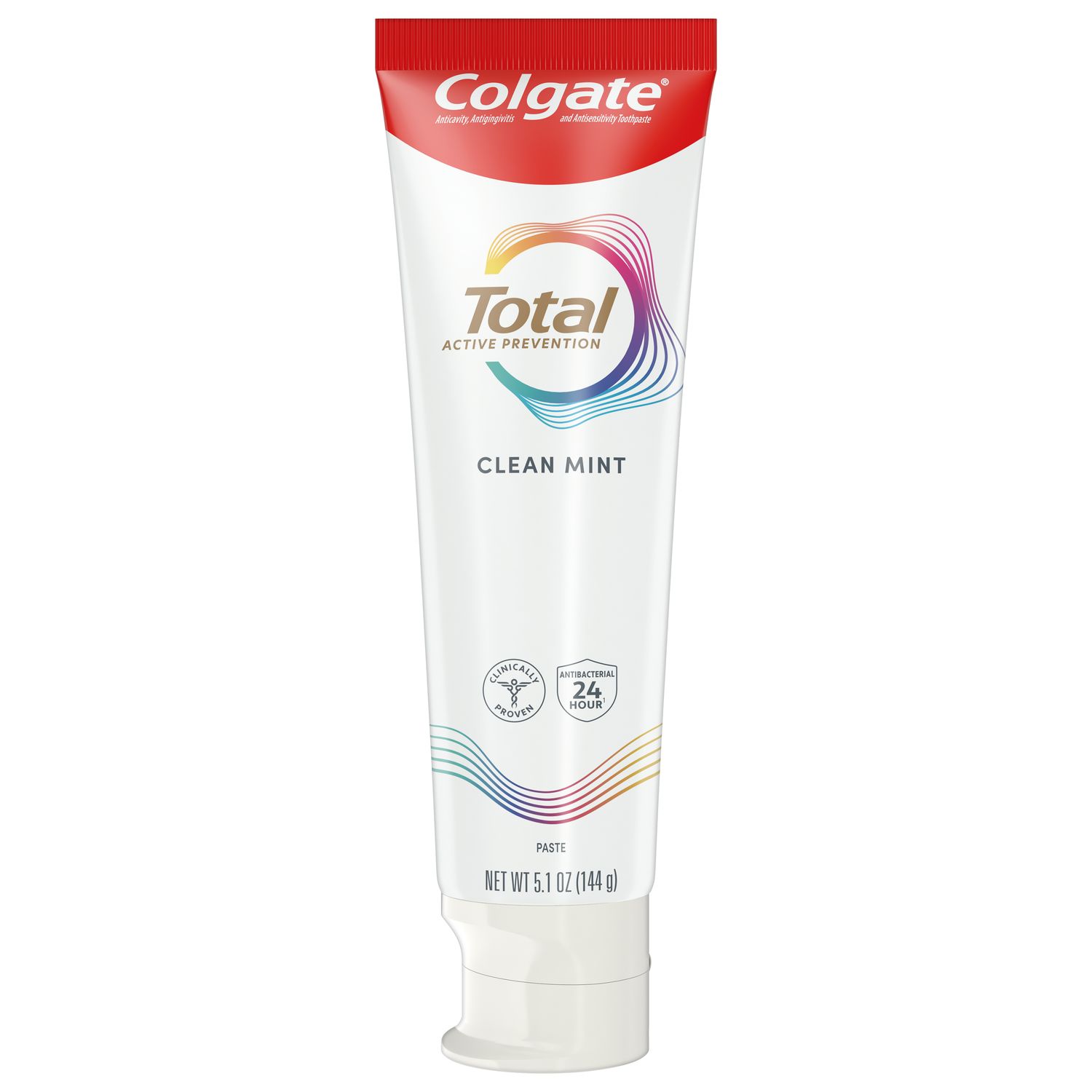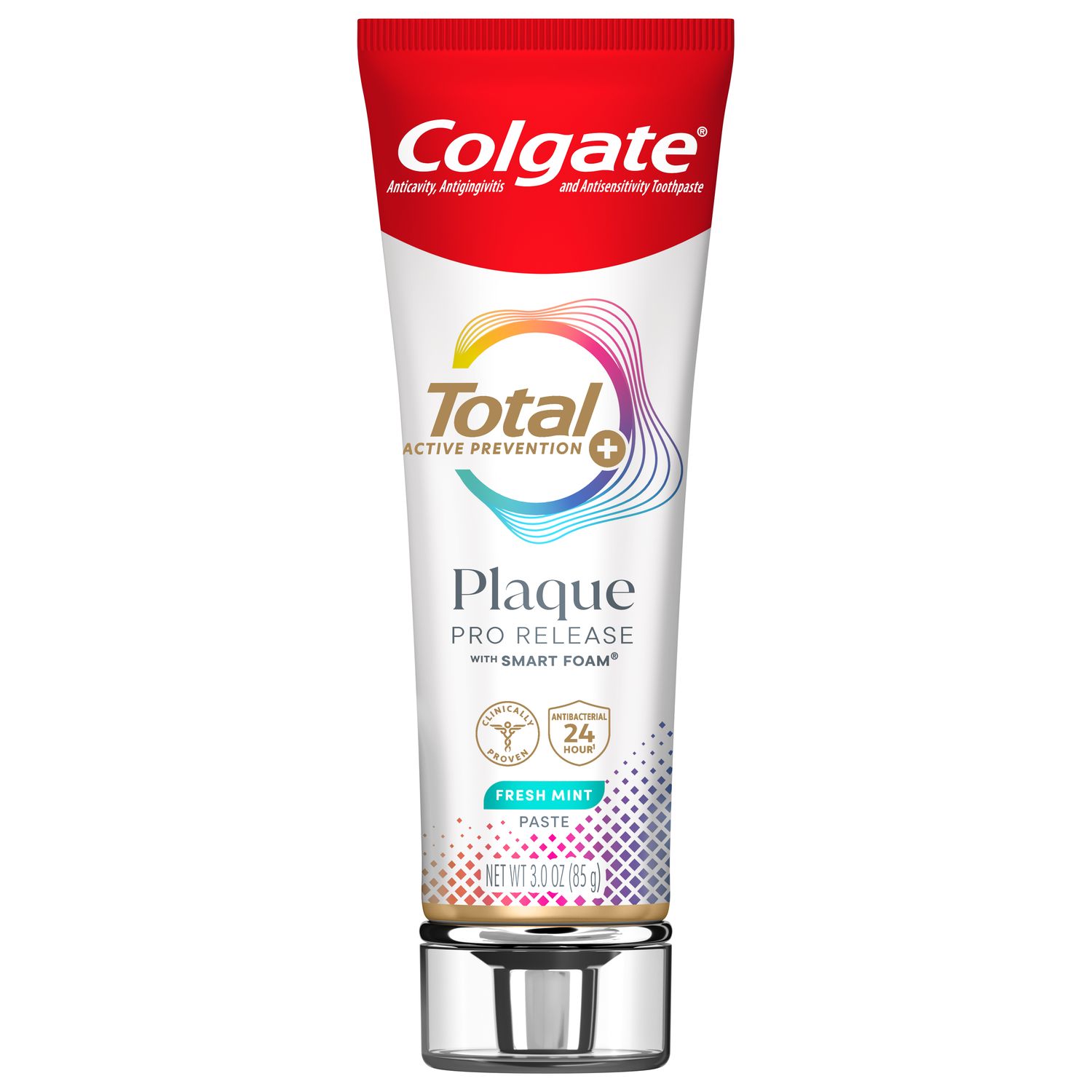
Talking to your patients about human papillomavirus (HPV) does not have to be awkward if you know where to begin.
Each year April serves as National Oral Cancer Awareness Month, but spotting the warning signs of oral cancer in your patients should be on your mind all year. The human papillomavirus (HPV) is the cause of an increasing number and proportion of cases of oropharyngeal cancer and many people are not aware of this. As a dental hygienist, you can spread knowledge about the HPV and oral cancer. Talking to your patients about this subject does not have to be awkward if you know where to begin.
Learn the Facts About HPV-related Oral Cancer
Before you talk to your patients about HPV, it helps to get some background knowledge on the topic. According to the National Cancer Institute, 70 percent of oropharyngeal cancer cases are caused by HPV. This virus is the most common sexually transmitted infection and most people get it soon after they become sexually active/intimate. The site(s) of infection depend on how it was transmitted (e.g., oropharyngeal infection occurs if it was transmitted through genital-oral contact). HPV infection itself rarely has any signs or symptoms and usually the infection clears up on its own. Sometimes though, the infection does not clear, and it can lead to cancerous cell changes. There are over 200 types of HPV. HPV type 16 is responsible for most cases of oropharyngeal cancer.
Dispel the Myths About Oral Cancer
Most patients think oropharyngeal cancer is only common in people who drink heavily or chew tobacco, so they believe that their chances of becoming afflicted with this condition are very slim. So while doing an oral cancer screening, I always explain to my patients that there is a virus that can cause oral cancer as well. I tell them that this is the same virus that causes cervical cancer. Most people are shocked when they hear this association. I let them know that any person who has been intimate with a partner has a chance of acquiring this virus (if the partner was already infected).
Another misconception about oropharyngeal cancer is that it is mostly found on the tongue. This used to be the case, but with the rise of HPV-related oropharyngeal cancer, the most common sites affected are the base of the tongue, soft palate, tonsils and the back of the throat, notes the National Cancer Institute. As these areas can be difficult to view at home, stress to your patients the importance of regular dental visits and oral cancer screenings.
Teach Your Patients What to Look For
HPV-related oropharyngeal cancer can be detected early if patients know the signs. According to Dr. Gerald Botko, speaking to Dentistry IQ, some of the symptoms include a persistent sore throat, pain with swallowing, enlarged lymph nodes, hoarseness, unexplained weight loss and earaches. Many people wouldn't even guess these symptoms could be a sign of cancer, so it is critical to educate your patients. If any of these conditions last for more than two weeks, your patients need to see their primary care physician as soon as possible. The sooner these cancers are detected, the better the prognosis.
Educate Your Patients About HPV Vaccines
Your patients may wonder what they can do to avoid becoming infected. There are several vaccines available, including Gardasil and Cervarix. These vaccines are usually given to preteens, but can be administered up to age 26 for males and females, states the Centers for Disease Control. The vaccines have shown to be most effective on people who have not yet been sexually active, because the vaccine is a prophylactic measure rather than a treatment method, according to a study published in the journal Vaccine. HPV vaccines are safe and may result in mild irritation around the injection site.
If your office has a section on patient forms that asks about HPV vaccinations, you have an easy starting point to discuss this subject with your patient. Talking about HPV and oropharyngeal cancer begins with losing any stigma associated with sexually transmitted diseases. As mentioned before, almost anyone who is sexually active can get HPV, and you can teach your patients to be on the lookout. Hopefully, they will share this information with their friends and family. Early detection is the key, and dental hygienists may be the teachers who save someone's life.
Takeaways
- Almost any sexually active person can acquire HPV and be at risk for oropharyngeal cancer.
- Vaccines are available to protect your patients from the most dangerous strains of HPV.
- Talking about HPV and oropharyngeal cancer is not awkward when you use the proper technique.
Why It's Valuable
The average person doesn't know that HPV is a major cause of oropharyngeal cancer. When you educate your patients on this important topic, you may end up saving a life.
Join us
Get resources, products and helpful information to give your patients a healthier future.
Join us
Get resources, products and helpful information to give your patients a healthier future.













